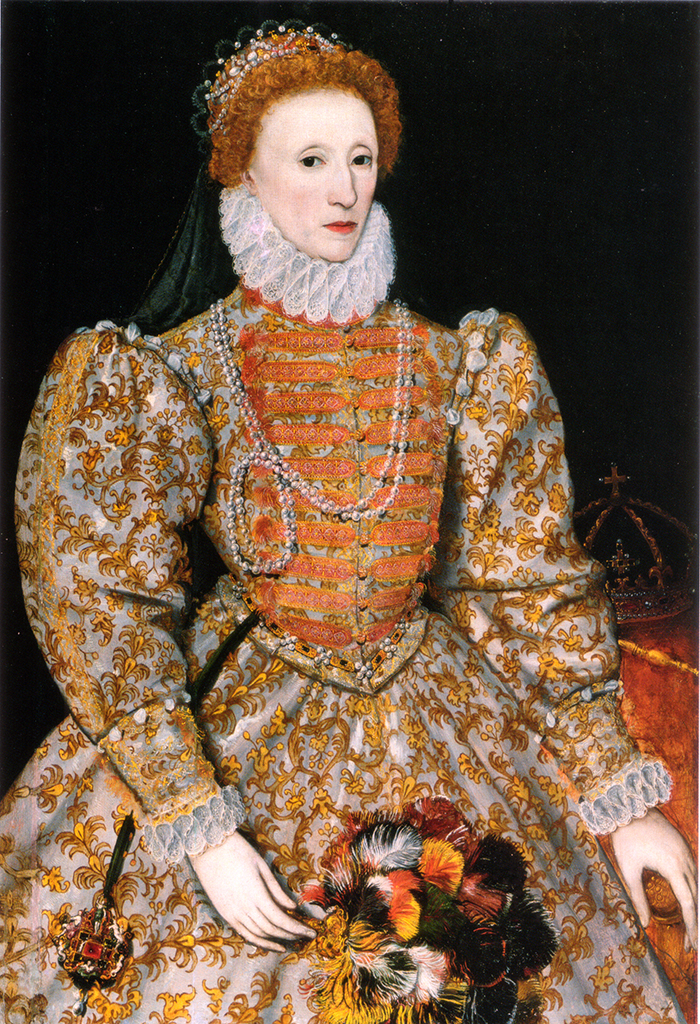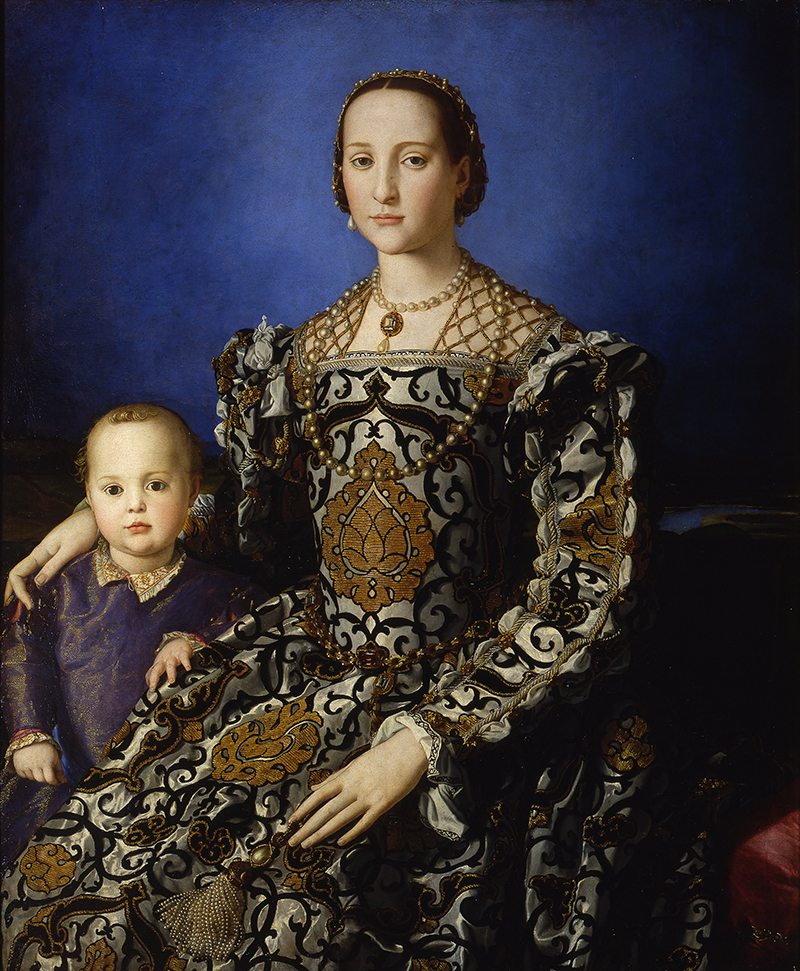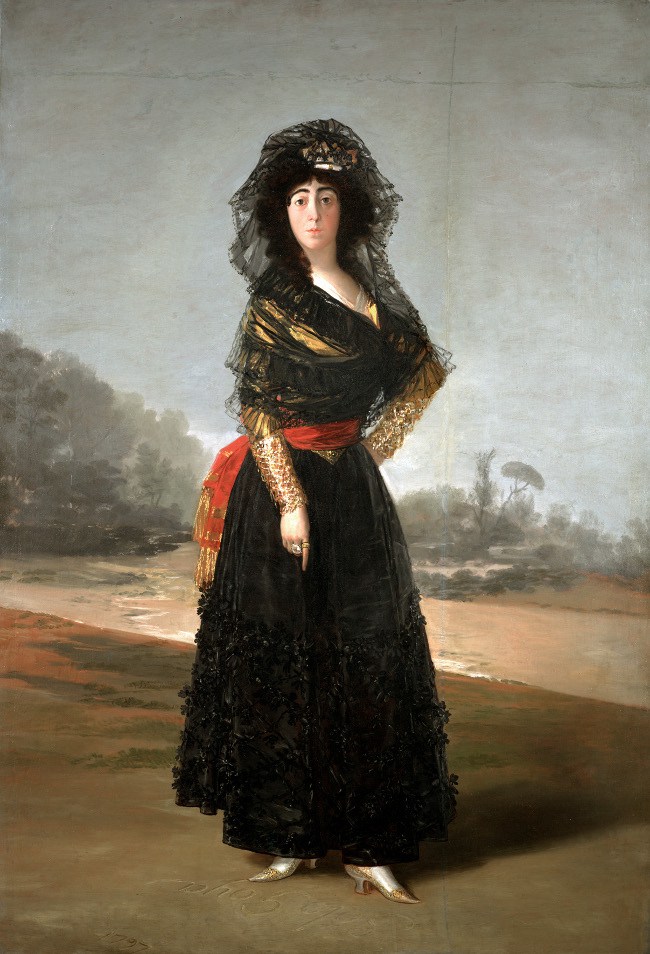Silk has been present throughout the history of fashion. The most luxurious models and the courts dressed in such precious material.
The concept of fashion emerged during the Renaissance as we understand it nowadays, introducing new genres and acquiring more and more professionalism. Pleats, vertical fabric droppings, embroidery decorations, rich trimmings and elaborated lace predominated. In the 16th century, short pants were like knickerbockers, and the doublet and ornaments such as the ruff were still used. The corset along with skirts of great volume appeared in women’s outfits.
In the 17th century, sober & austere forms predominated, because of religious influence. The cloth was the most used material, and silk was only affordable by the upper classes. The doublet evolved into a jacket, with the collar of lace starched flounces, and the breach lengthened and fell under high boots.
In France, Louis XIV’s court favoured haute couture, beginning to dictate fashion’s evolution at the European level. At that moment, the tie appeared, initially in a bow’s form, tied around the neck. The morning suite also appeared with a long-fitted jacket with a flared bottom.
The French Revolution supposed more uniformity in the way of dressing, with short jackets and long pants for men. For women bodices, round skirts and cloth shawls. The lead on fashion moved to England, where men wore morning suits with wide and turned-down necks, knee-length shorts, and top hat. Women abandoned the corset and crinoline and inspired their outfit in Ancient Greece, with long fitted dresses with a ribbon under the chest.
The richest velvets, damasks, brocades, embroideries … have dressed Europe’s history. These fabrics can be seen in portraits painted by famous artists such as Goya, Jean Cluet or Bronzino. Today, fashion continues using silk as it happens in collections of the most fashionable haute-couture houses such as Dior, Dolce and Gabanna, Francis Montesinos and many others that keep weaving the past into the future.

Francis I, King of France, Jean Clouet 
Portrait of Queen Elizabeth I, unknown 
Eleonora da Toledo, Bronzino 
The Duchess of Alba, Goya